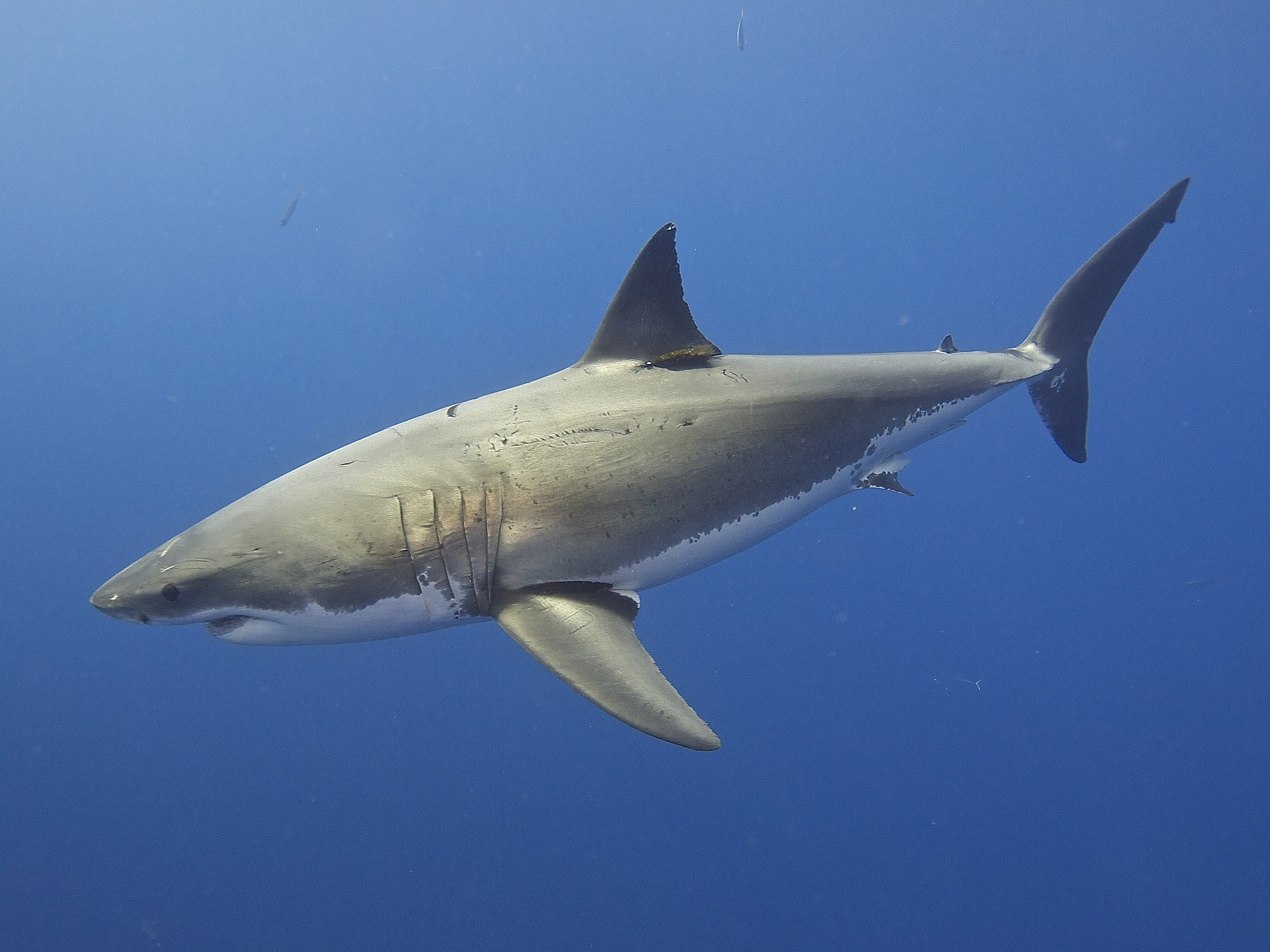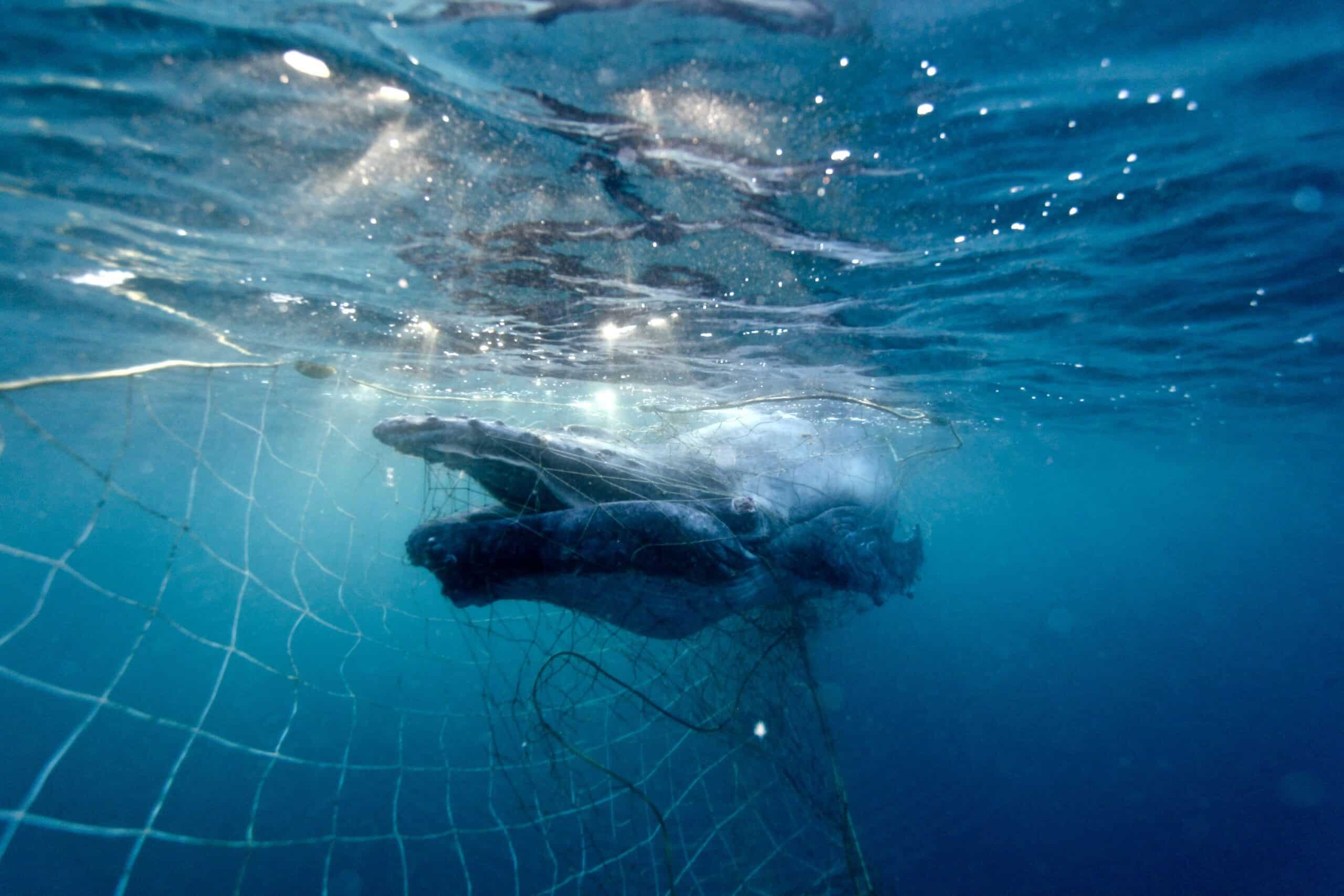Research shows that Australia’s great white sharks are highly related to each other and may consist of fewer than 500 breeding animals. SYDNEY, 24 June 2025: Latest research has found Australia’s great white shark population is much smaller than expected, increasing their vulnerability to further population threats. The population...
The images are sickening and reminiscent of the photos trophy hunters tend to post with their safari kills. Workers for the Icelandic whaling industry are seen posing with and sitting on top of what appears to be the corpse of a blue whale — the largest animal on earth and an endangered species. Other images show the animal being dismembered and processed into meat.
The news that Icelandic whalers have killed what strongly appears to be a blue whale – an animal that has not been deliberately captured since 1978, according to the International Union for Conservation of Nature — is deeply disturbing. Moreover, it comes on the heels of global concerns that Iceland had resumed its fin whale hunt in defiance of the global moratorium on commercial whaling.
Experts are convinced that the whale in question has the features of a blue whale and not a fin whale. However, it is also known that blue-whale-fin-whale hybrids exist and it cannot be ruled out that this is such an animal. Indeed, in the wake of the global outrage that has followed since the news of the kill became public, Icelandic whalers have been claiming the kill was purely accidental and the animal is a hybrid whale.
However, it is apparent from the images now in circulation that the animal looks like a blue whale and hence, by their own rules, the Icelanders should not have taken it. Scientists believe that the whalers should have been able to see the distinguishing features at sea and that this was very clearly not a fin whale.
If we are to believe their defense, it would imply that the Icelandic whale crew lacked the necessary skills to identify the correct species, strongly reinforcing concerns that we have been emphasizing for many years about the many problems that commercial whaling presents. Alternatively, were these whalers, who are already hunting fin whales in defiance of the world ban, trying to make a point: that no whale is outside of their reach, even the biggest of them all?
The way this animal was killed was crude and brutal. Iceland’s whalers use grenade-tipped harpoons, designed to explode inside the animal and cause lethal damage. The whalers’ handbooks have them aiming for the head or upper chest to kill the animals immediately, but shooting a moving target from a moving platform severely compromises their aim and they frequently hit the whales in other parts of their enormous bodies, causing immense and prolonged suffering.
Even if the killing of this whale is a terrible mistake, it is a gruesome but timely reminder that the management of whaling on the high seas is very difficult and prone to such errors. The International Whaling Commission (IWC) has not approved or agreed to a commercial whaling management scheme, after efforts to do so stalled in 2006, and there is no independent oversight on Iceland’s whaling.
Iceland’s whaling is done in defiance of the global moratorium on whaling agreed in 1982 by the IWC. The IWC does not set quotas for commercial whaling. Iceland sets its own quotas and this year, after a two-year pause, its whalers started to take fin whales again, despite the fact that these animals too remain globally endangered.
Whaling has very little support within Iceland itself – we know that many Icelanders worry that this retrogressive industry, run solely by some to make profits in the Japanese market through the sale of whale meat and other luxury products, hurts their international reputation. On the other hand, whale watching as an industry contributes millions of dollars to the Icelandic economy. With the taking of the blue whale and the global outrage that has followed, we hope Icelanders will call once and for all for an end to this industry that’s bringing their nation nothing but shame and censure from the rest of the world.
News flash: Japan has confirmed that it has submitted a proposal to lift the ban on commercial whaling at the upcoming International Whaling Commission meeting in Brazil in September. The moratorium on commercial whaling came into force in 1986. Since then Japan has done everything possible to defy this, including hunting and killing whales in the Southern Ocean Sanctuary almost every year since it was established in 1994.
In light of the killing of an endangered blue whale by Iceland (below), it is clear that opening the door even a crack to any sort of whaling will not only lead to further cruelty, but also further increase the potential for endangered whales such as the blue whale to be hunted once again. This is not a risk that HSI is willing to accept and so we will continue to oppose commercial whaling in every way possible.
Please sign our letter to Federal Environment Minister Josh Frydenberg asking him to remain steadfast in opposition to commercial whaling.
Blog image: Experts believe that an endangered blue whale was killed by Iceland’s whaling operation recently. It was the first blue whale harpooned in half a century. Image: NOAA Fisheries/Marjorie Foster


